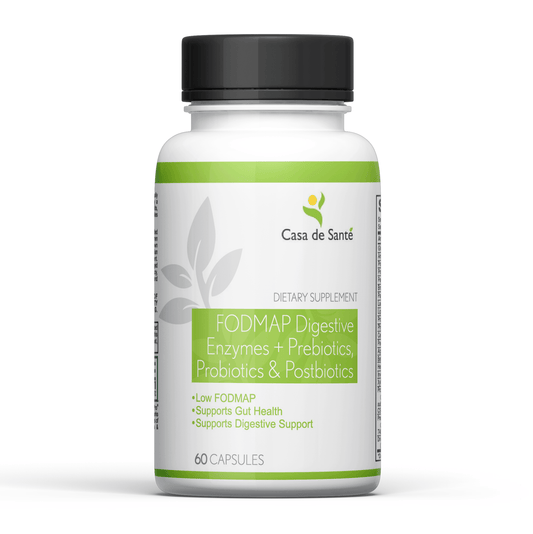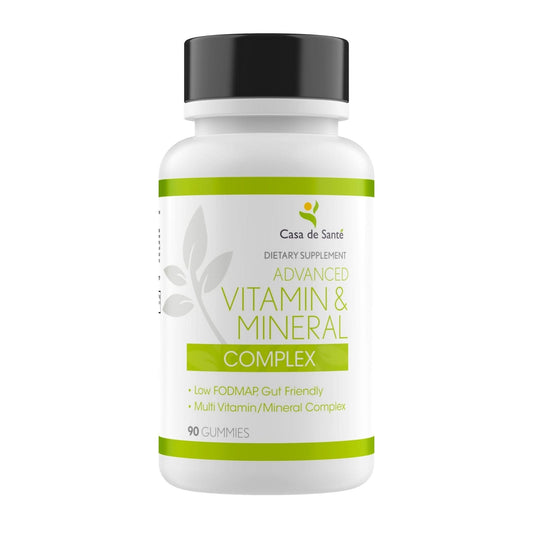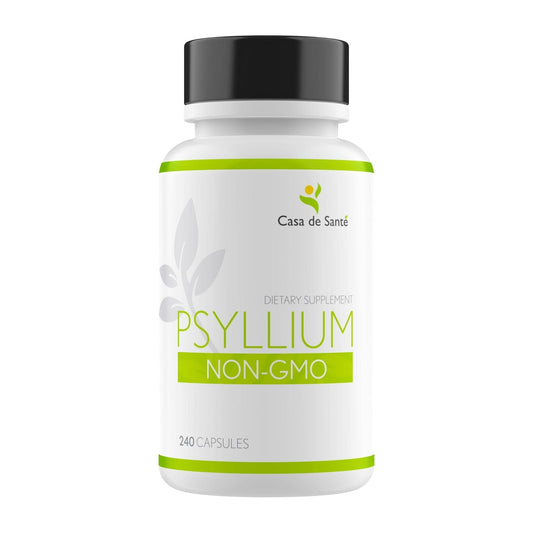Teff Flour Vs Amaranth Flour
Teff Flour Vs Amaranth Flour
Teff flour and amaranth flour are two popular gluten-free alternatives that have gained recognition for their nutritional benefits and culinary versatility. In this article, we will delve into the characteristics, origins, nutritional value, health benefits, taste and texture, cooking uses, baking tips, and comparisons of teff flour and amaranth flour. We will also explore their suitability for individuals with allergies or intolerances, their price and availability in the market, environmental impact, culinary traditions, feasibility of growing your own grains, and their incorporation into a plant-based diet. Additionally, we will discuss the rising popularity of ancient grains like teff and amaranth and their role in diversifying our food choices.
Understanding Teff Flour and Amaranth Flour
Teff flour is made from teff, a tiny grain that originates from Ethiopia. It is one of the oldest cultivated grains in the world and has been a staple in Ethiopian cuisine for centuries. Amaranth flour, on the other hand, is derived from the seeds of the amaranth plant, which has a long history of cultivation by indigenous civilizations in Central and South America. Both teff and amaranth are considered pseudocereals, meaning they are not technically grains but are used similarly due to their similar nutritional profiles.
Origin and History of Teff Flour and Amaranth Flour
The origin and history of teff flour and amaranth flour are deeply rooted in the cultures and traditions of their respective regions. Teff has been grown in Ethiopia for over 5,000 years and is an integral part of Ethiopian cuisine. It is used to make injera, a spongy fermented flatbread that serves as a staple in Ethiopian meals. Amaranth, on the other hand, has a rich history in Central and South America. It was a staple crop for the Aztecs and was used in various ceremonial dishes. Today, teff flour and amaranth flour have gained popularity beyond their cultural origins and are consumed by people around the world seeking gluten-free alternatives.
Nutritional Comparison: Teff Flour Vs Amaranth Flour
When it comes to nutrition, both teff flour and amaranth flour offer impressive profiles. Teff flour is known for its high fiber content, which promotes digestive health, regulates blood sugar levels, and contributes to satiety. It is also rich in iron, calcium, and other essential minerals. Amaranth flour, on the other hand, is packed with protein, containing all the essential amino acids. It is also a good source of fiber, iron, and magnesium. Both flours are naturally gluten-free, making them suitable for individuals with celiac disease or gluten sensitivities.
While the nutritional content may vary slightly between brands and varieties, teff flour is typically higher in protein and iron compared to amaranth flour. However, amaranth flour tends to contain more fiber and calcium. Both flours can be valuable additions to a balanced diet and can provide a range of nutrients necessary for overall health and well-being.
Health Benefits of Teff Flour
The health benefits of teff flour are numerous and noteworthy. Firstly, its high fiber content supports a healthy digestive system and may help prevent constipation. The fiber in teff flour also aids in weight management by promoting feelings of fullness and preventing overeating. Additionally, teff flour is a good source of iron, which is essential for the production of red blood cells and the prevention of iron-deficiency anemia. It also contains resistant starch, which acts as a prebiotic, nourishing beneficial gut bacteria and supporting gut health.
Health Benefits of Amaranth Flour
Amaranth flour offers a range of health benefits as well. Its protein content is particularly noteworthy, as it provides all the essential amino acids, making it a complete protein source. This makes it especially beneficial for individuals following vegetarian or vegan diets. Amaranth flour is also rich in magnesium, which is important for bone health, muscle function, and blood pressure regulation. Additionally, it contains beneficial antioxidants, such as phenolic compounds, which may help protect against chronic diseases and reduce inflammation in the body.
Taste and Texture Comparison: Teff Flour Vs Amaranth Flour
Teff flour and amaranth flour have distinct taste and texture profiles. Teff flour has a mild nutty flavor with subtle earthy undertones. It is often described as slightly sweet and can add a unique depth of flavor to baked goods. Amaranth flour, on the other hand, has a slightly grassy and earthy taste, which can be more pronounced in larger quantities. It may also have a hint of sweetness. In terms of texture, teff flour tends to produce a softer and more tender crumb, while amaranth flour can contribute to a slightly denser texture in baked goods.
Cooking Uses for Teff Flour
Teff flour can be used in a variety of cooking applications. In Ethiopian cuisine, it is primarily used to make injera, but it can also be incorporated into pancakes, bread, muffins, and other baked goods. Its light and delicate flavor make it a versatile ingredient that pairs well with both sweet and savory dishes. Teff flour can also be used as a thickener for soups, stews, and sauces, adding a subtle nutty taste and enhancing the overall texture of the dish.
Cooking Uses for Amaranth Flour
Amaranth flour is equally versatile in the kitchen. It can be used as a gluten-free alternative in various baking recipes, including bread, cakes, cookies, and pancakes. Its slightly earthy taste can add depth to baked goods and works well with ingredients like chocolate, cinnamon, and nutmeg. Amaranth flour can also be used as a thickener in recipes, similar to teff flour, and can be incorporated into soups, sauces, and gravies to enhance their texture and nutritional value.
Baking with Teff Flour: Tips and Recipes
When baking with teff flour, it is important to consider its finer texture and potential to absorb more liquid compared to traditional wheat flour. To achieve the best results, it is advisable to use a blend of teff flour and other gluten-free flours to maintain the desired texture and structure. Some popular teff flour recipes include teff banana bread, teff chocolate chip cookies, and teff pancakes.
Baking with Amaranth Flour: Tips and Recipes
Baking with amaranth flour requires extra attention due to its denser and stickier nature. Combining it with lighter gluten-free flours can help achieve a lighter texture in baked goods. While amaranth flour can work well in various recipes, it is often used in combination with other flours rather than as a standalone ingredient. Some delightful amaranth flour recipes include amaranth banana muffins, amaranth chocolate cake, and amaranth granola bars.
Gluten-Free Alternatives: Teff Flour Vs Amaranth Flour
Both teff flour and amaranth flour serve as excellent gluten-free alternatives to wheat flour for individuals with celiac disease, gluten sensitivities, or those following a gluten-free diet for other health reasons. However, it's worth noting that their nutrient profiles differ slightly, and their taste and texture characteristics may vary, so it may be worthwhile experimenting with both flours to find the best fit for specific recipes and preferences.
Allergies and Intolerances: Teff Flour Vs Amaranth Flour
While teff flour and amaranth flour are gluten-free, it is important to note that individuals may still have allergies or intolerances to other components present in these flours. Cross-contamination during processing or the presence of naturally occurring compounds, such as certain proteins, can trigger allergic reactions in susceptible individuals. It is advisable to check product labels for potential allergens and consult with a healthcare professional if there are concerns about specific allergies or intolerances.
Price Comparison: Teff Flour Vs Amaranth Flour
When comparing the prices of teff flour and amaranth flour, it's important to consider factors such as brand, quality, and quantity. Generally, both flours are priced higher than traditional wheat flour due to the cost of production, availability, and demand. However, the prices can vary depending on the region and availability of these specialty flours. Shopping around, comparing prices, and buying in bulk can help minimize expenses while enjoying the benefits of these unique flours.
Availability: Teff Flour Vs Amaranth Flour in the Market
The availability of teff flour and amaranth flour varies depending on the region and the demand for gluten-free products. In countries where teff is traditionally consumed, such as Ethiopia and neighboring regions, teff flour is usually more readily available. However, with the growing popularity of gluten-free alternatives, many supermarkets and health food stores now carry both teff flour and amaranth flour. Additionally, online retailers offer a wide range of options for individuals seeking these specialty flours.
Environmental Impact: Teff vs Amaranth Production
From an environmental perspective, both teff and amaranth are considered sustainable crops. Teff is a resilient grain that thrives in difficult environmental conditions, requiring minimal irrigation and fertilizer inputs. It has low resource requirements and can be grown in diverse ecosystems. Amaranth, similarly, is known for its ability to adapt to different environments and does not require extensive chemical inputs. Both grains offer an environmentally-friendly alternative to resource-intensive conventional crops, making them attractive options for sustainable agriculture.
Culinary Traditions and Cultural Significance of Teff and Amaranth Flours
The culinary traditions and cultural significance of teff flour and amaranth flour add depth and meaning to their consumption. Teff flour holds immense cultural importance in Ethiopia, where it plays a central role in religious ceremonies, social gatherings, and daily meals. Its use in Ethiopian cuisine reflects the country's rich history, traditions, and deep connection with the land. Similarly, amaranth flour carries cultural significance in Central and South America, where it has been cherished and cultivated for thousands of years, forming an integral part of the culinary heritage and cultural identity of the indigenous communities.
Growing Your Own Teff or Amaranth: Feasibility and Benefits
For those interested in cultivating their own grains, growing teff or amaranth can be a rewarding and feasible option. Both grains have relatively low space requirements and can be grown in backyard gardens or even in containers. They can be an excellent addition to a diverse garden ecosystem, attracting beneficial insects and contributing to soil health. Growing your own teff or amaranth allows you to have direct control over the cultivation process, ensuring the use of organic practices and supporting sustainable food production.
Incorporating Teff or Amaranth Flours into a Plant-Based Diet
Whether you follow a plant-based diet or are simply looking to incorporate more plant-based alternatives into your meals, both teff flour and amaranth flour can be valuable additions. Their nutritional profiles complement a plant-based lifestyle, providing essential nutrients such as protein, iron, and fiber. By incorporating teff flour and amaranth flour into your diet, you can enjoy the benefits of these versatile flours while diversifying your meals and exploring new culinary possibilities.
Exploring Ancient Grains: The Rise in Popularity of Teff and Amaranth
The rise in popularity of ancient grains like teff and amaranth can be attributed to several factors. Firstly, there is an increasing demand for gluten-free alternatives due to the growing awareness of celiac disease and gluten sensitivities. Secondly, people are seeking to diversify their diets and explore new flavors and textures. Ancient grains offer unique taste profiles and can add excitement to everyday meals. Lastly, their nutritional benefits, environmental sustainability, and cultural significance resonate with individuals looking to make conscious choices about their food and its impact on their health and the planet.
As we have explored in this comprehensive article, teff flour and amaranth flour offer a range of benefits and uses. They are both excellent gluten-free alternatives that can enhance the nutrition and flavor of various recipes. From their origins and nutritional comparisons to their culinary traditions and growing your own grains, there is a wealth of information to consider when it comes to teff and amaranth flours. As you delve into the world of these ancient grains, you invite a diverse array of flavors, cultures, and nutritional benefits into your kitchen.




























